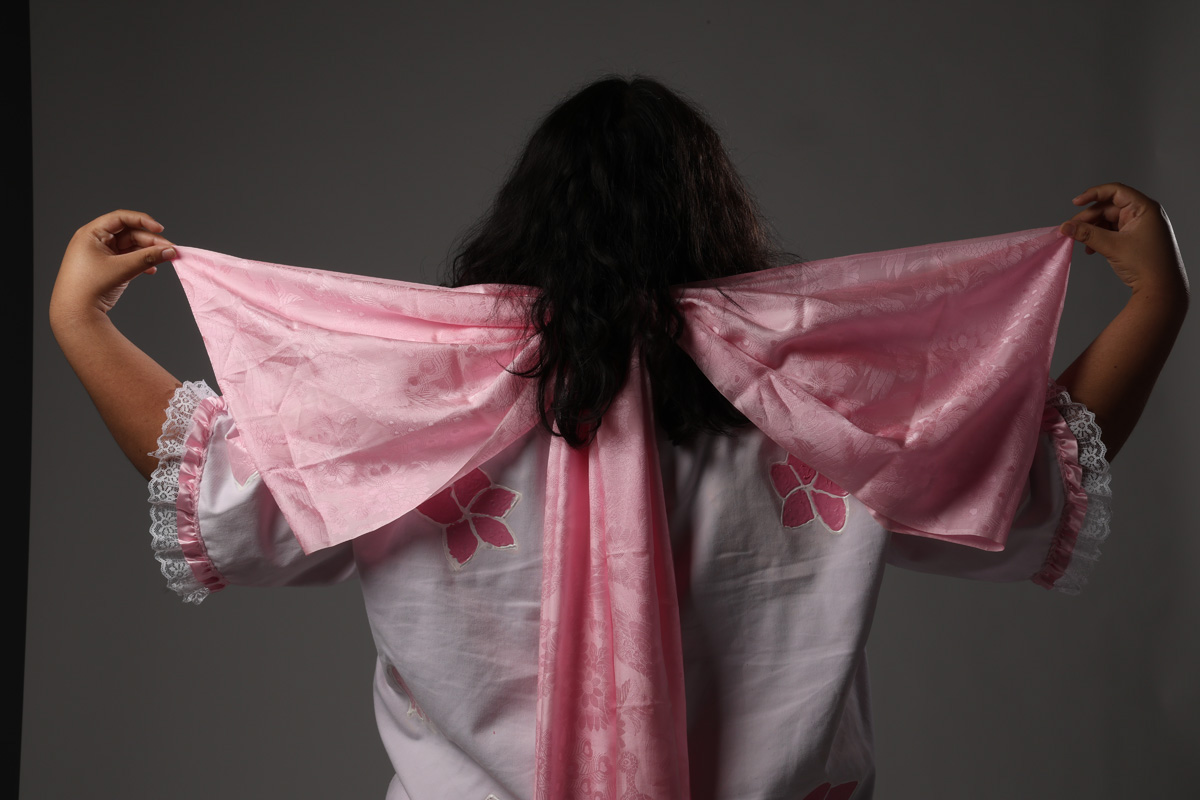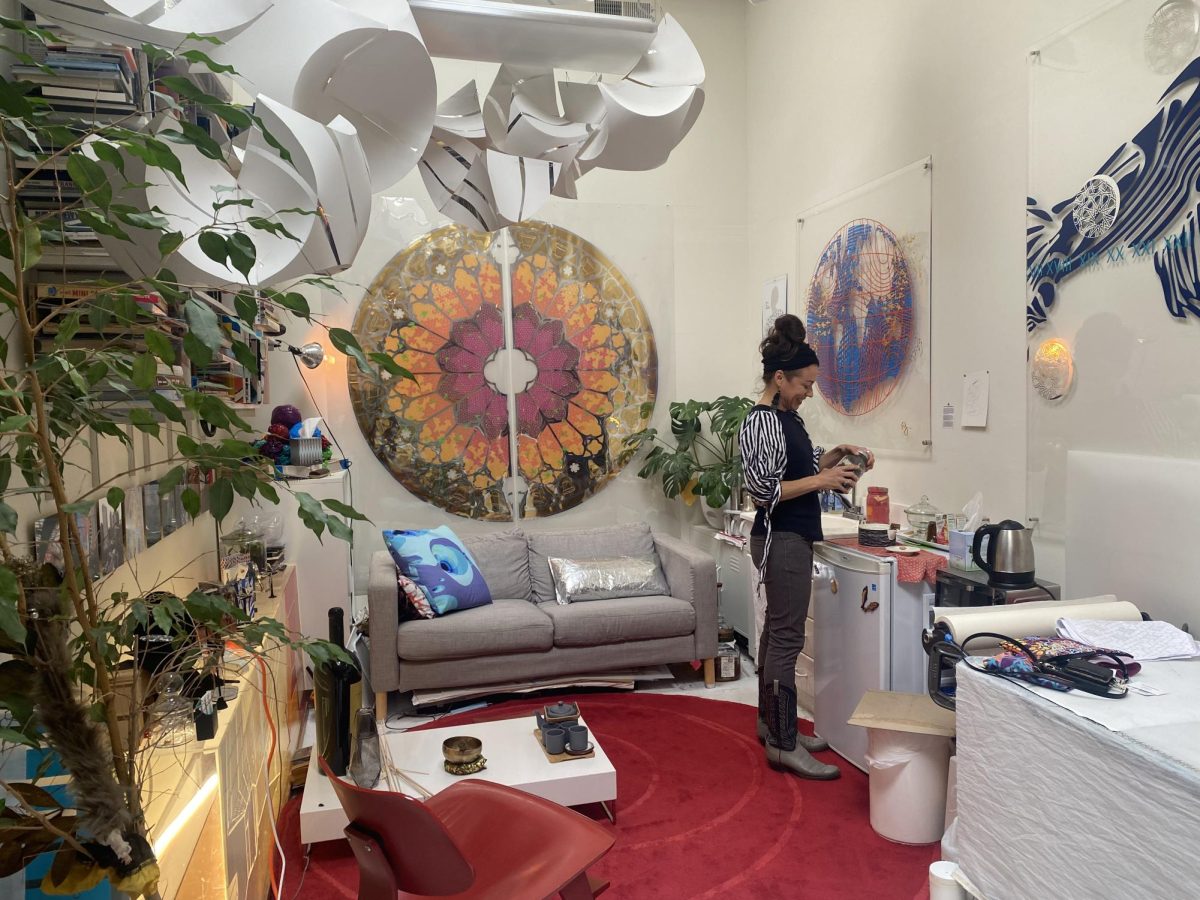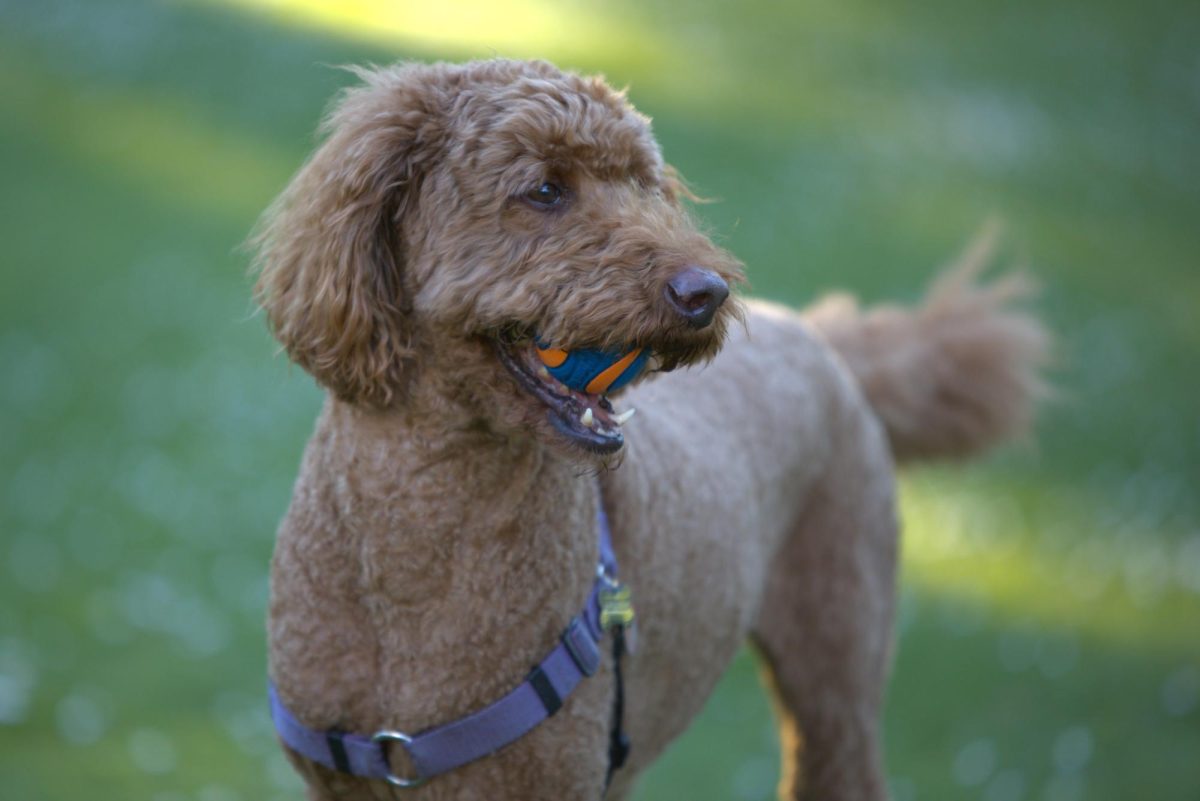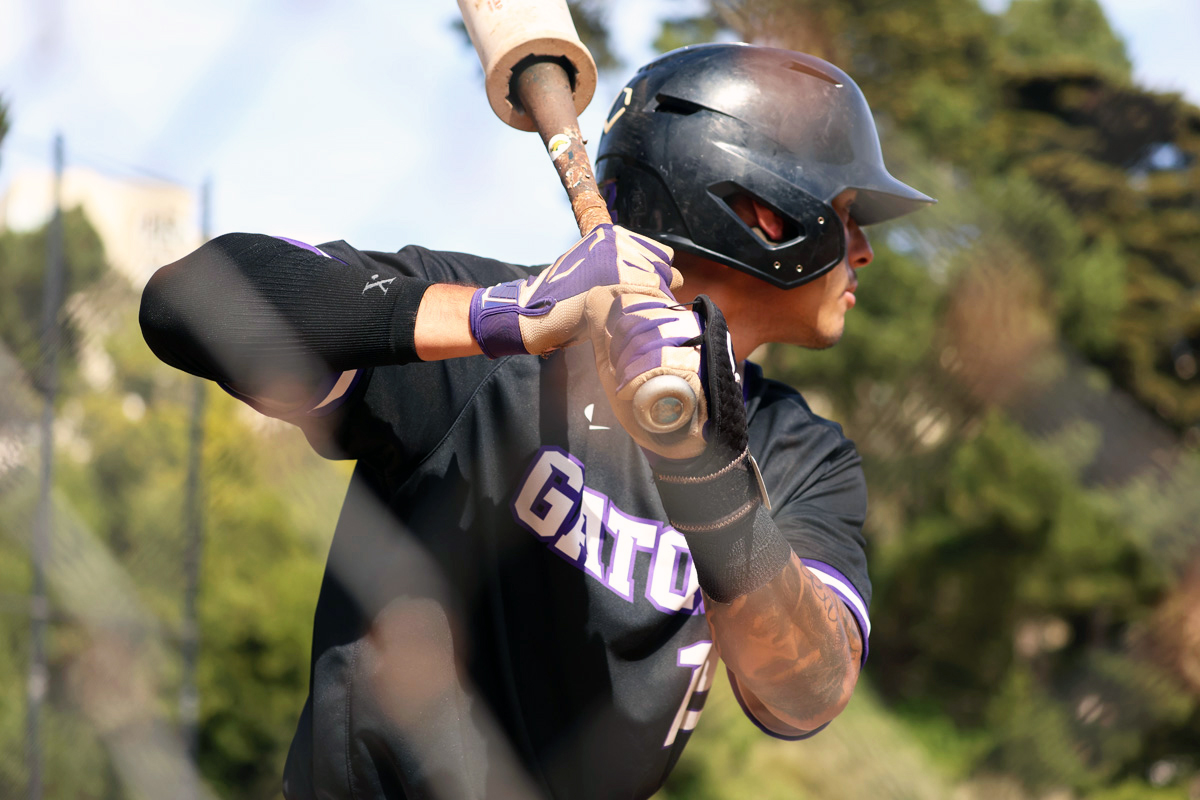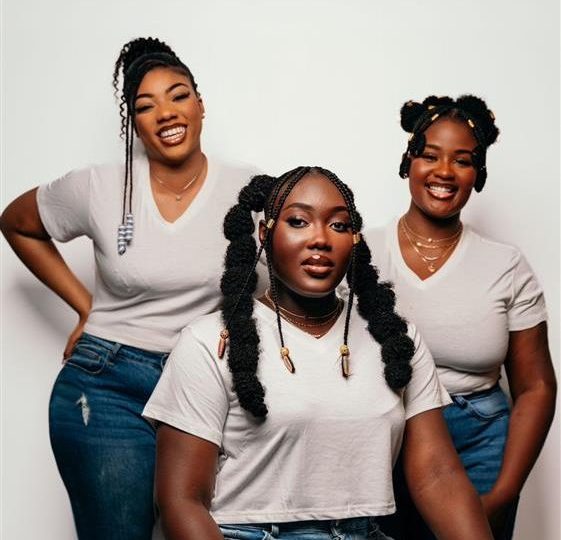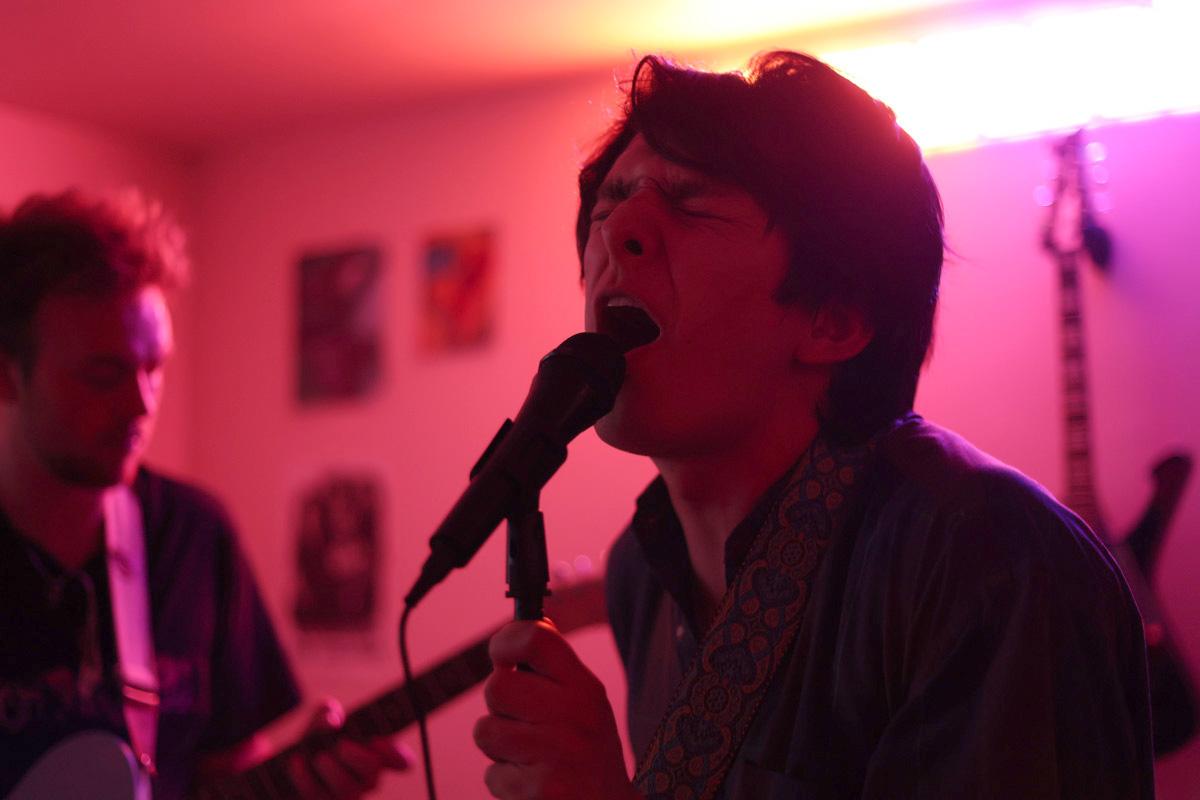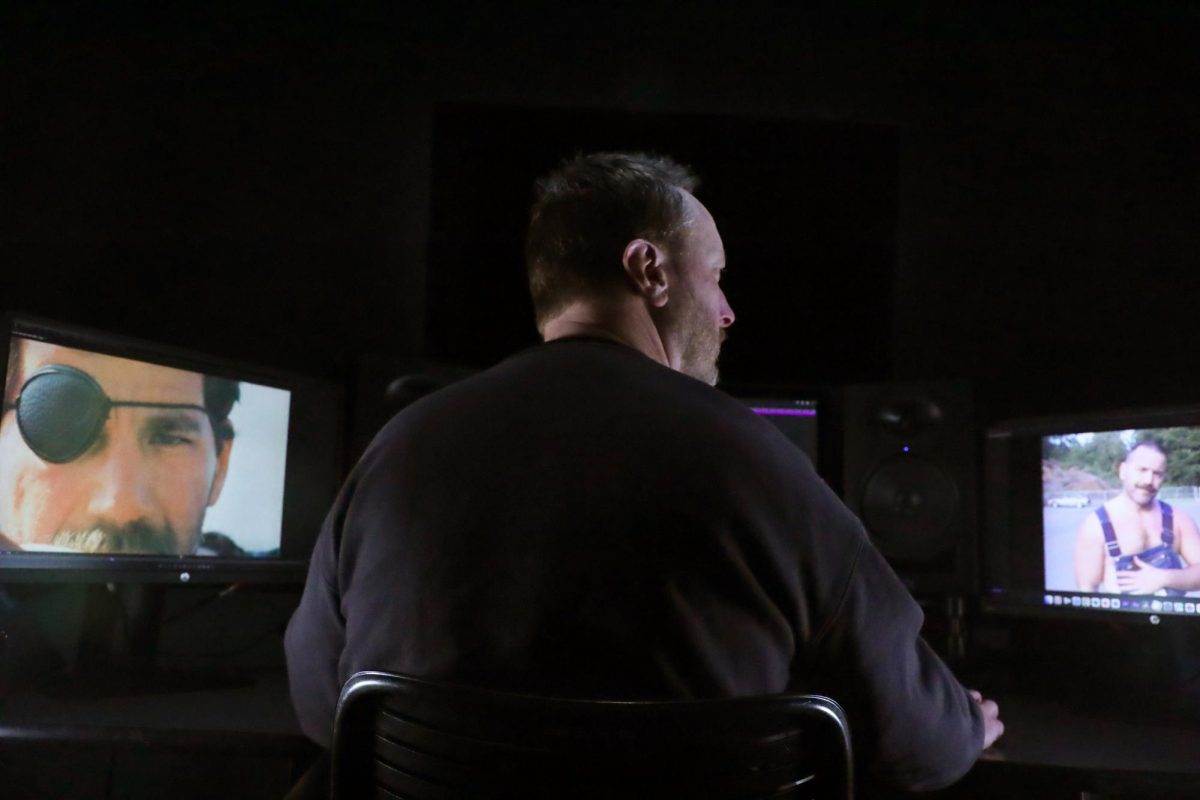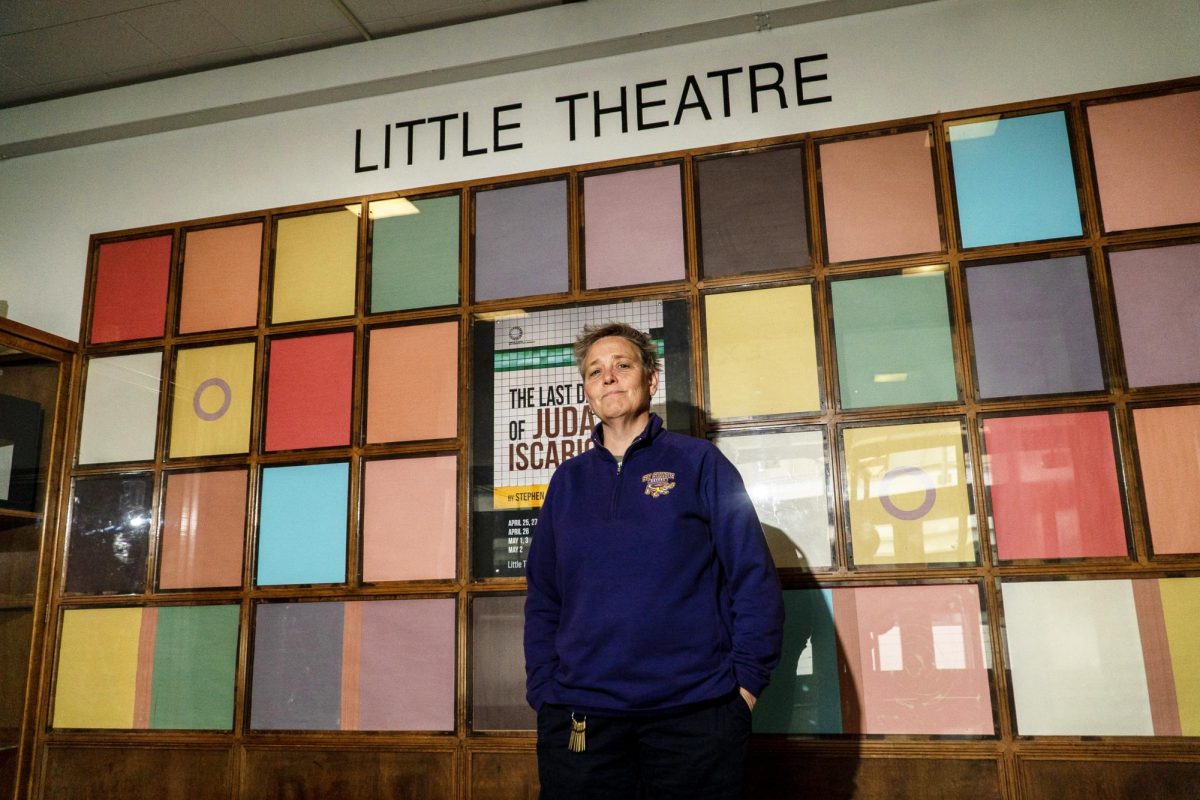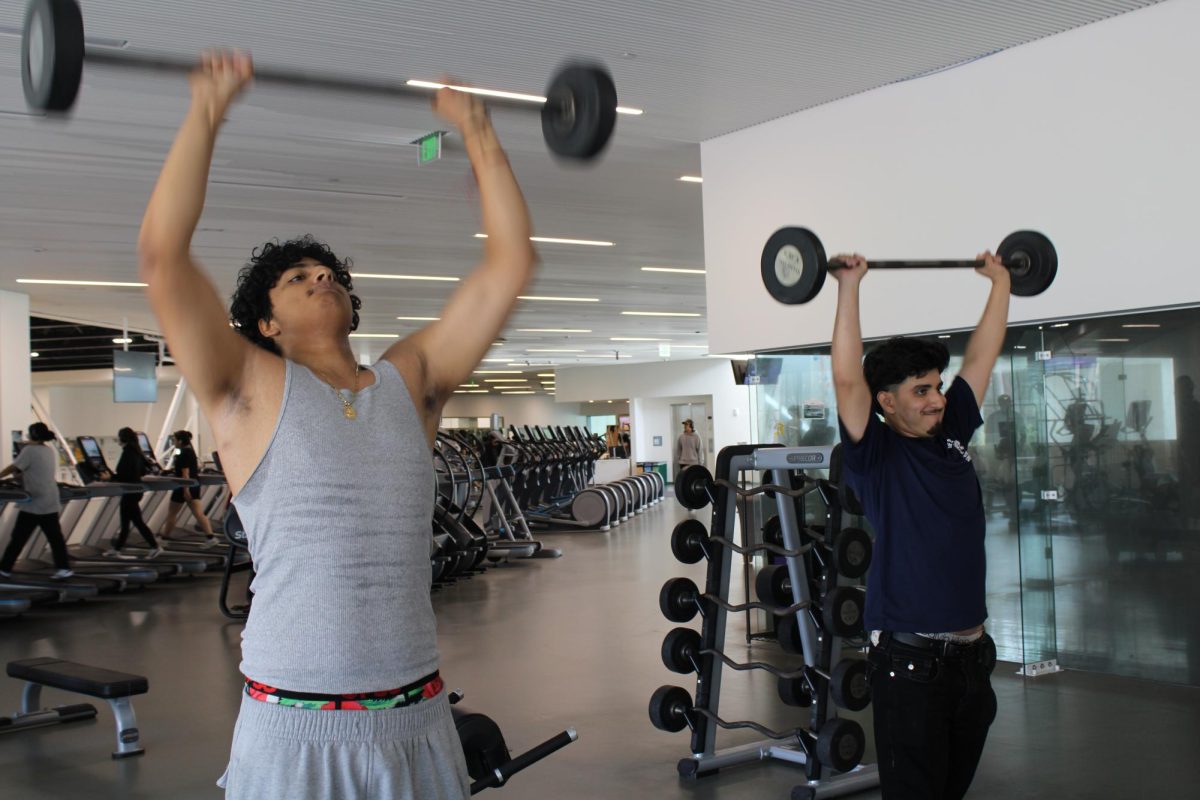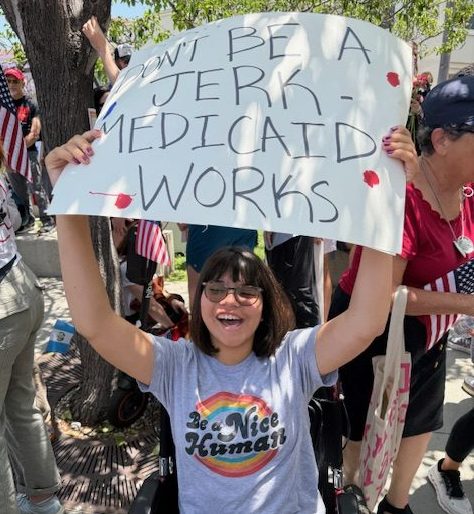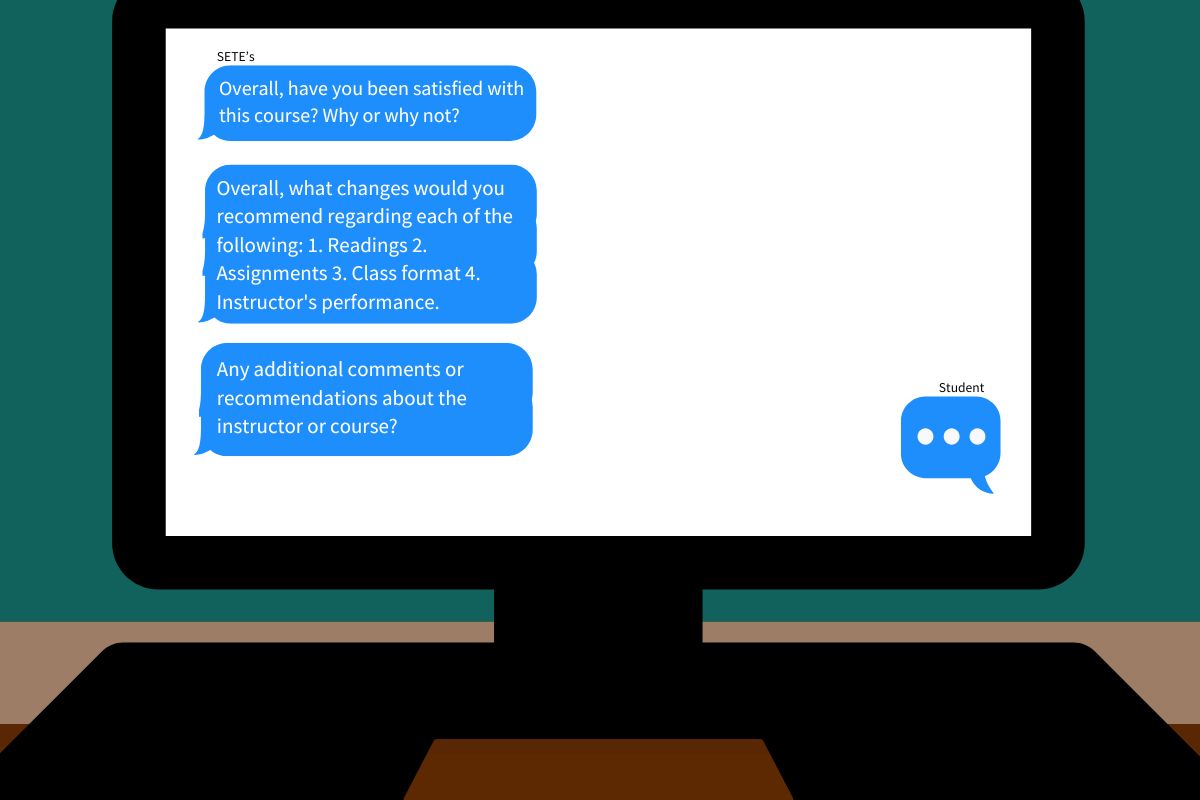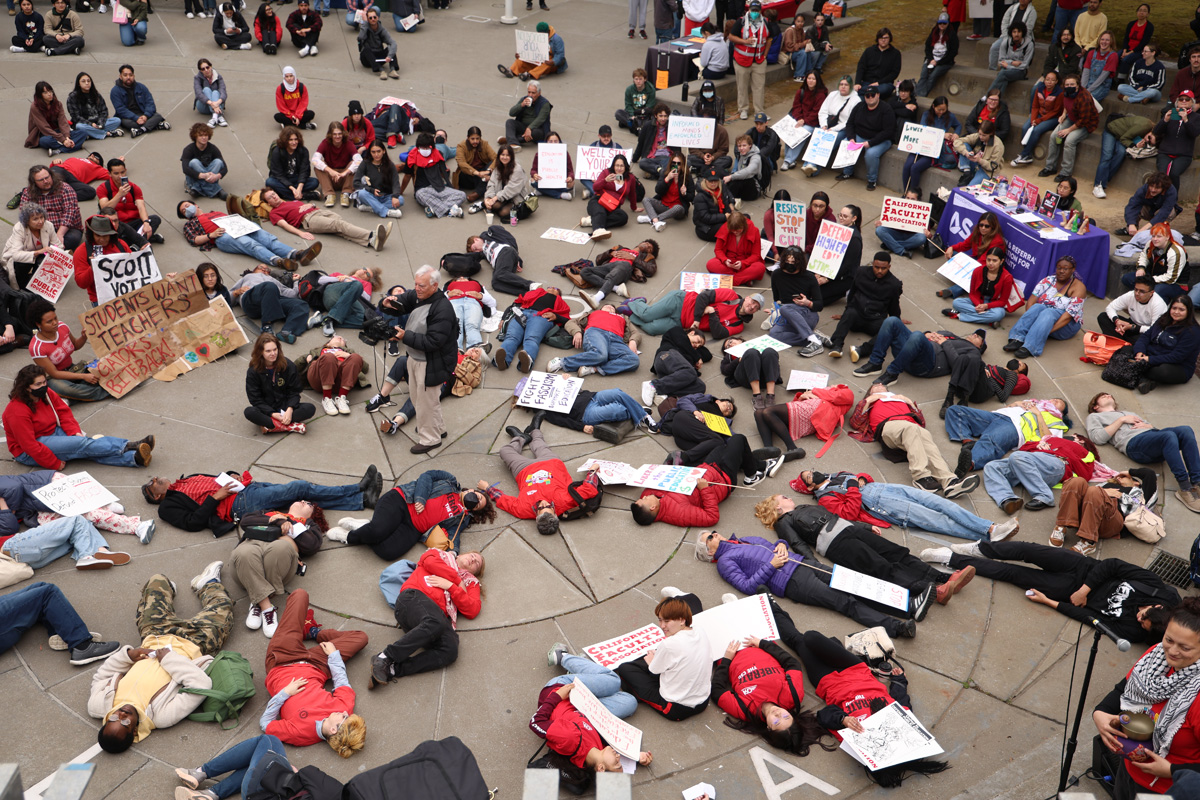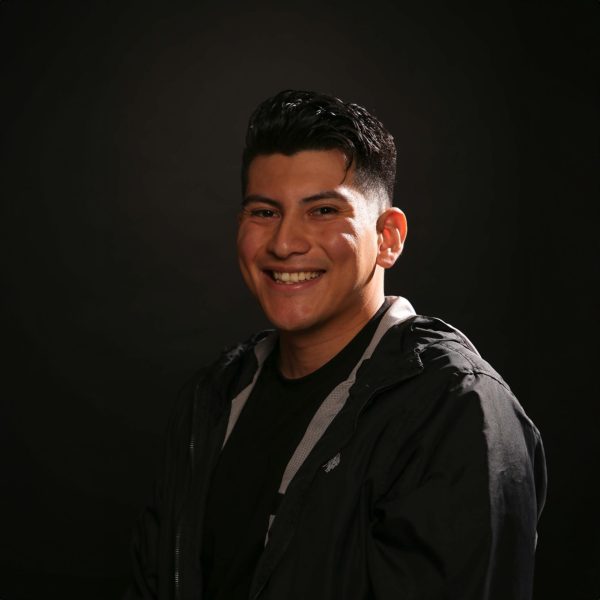It has only been one year since the Latinx Queer Club has filled the void that many of its members recall feeling in previous semesters. Club president Adrián Reyes, a fourth-year double major in communications and Latino/a studies and a minor in race and resistance, was inspired to create the club after a random conversation they had with two of their peers in the Latinx Student Center.
The three discussed how they felt that SF State lacked LGBTQ+ outlets for Latine students, and how their struggles were not fully understood in the spaces that had already been established. Coincidentally, a student who had prior experience starting a club overheard their conversation and offered to help fill out the required paperwork. Reyes gladly accepted their offer and, within less than a month, the club was established.
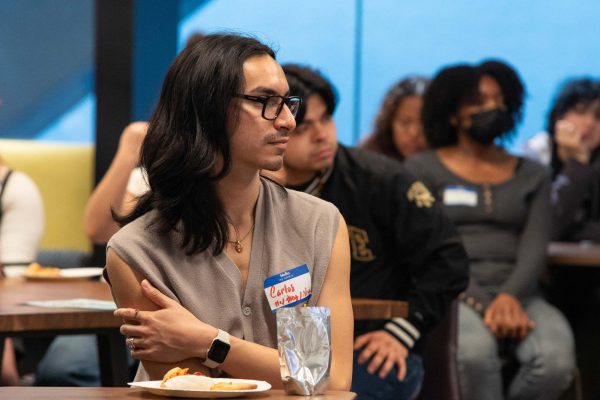
Although there are a plethora of LGBTQ+ campus resources and student organizations at SF State, there was a lack of centralized outlets. Safe spaces catered to LGBTQ+ students of specific racial, ethnic and cultural backgrounds were few and far between before the creation of the Latinx Queer Club.
In the last year, Reyes has worked with the club’s officers to provide a space for Latine students—as well as others who have shared similar cultural experiences—to safely and comfortably explore their identities. The Latinx Queer Club has also catalyzed the formation of other affinity groups on campus, such as Haüs BlàQue and the Asian American and Pacific Islander Queer + Trans Club.
“Being queer is an issue itself in society,” said Reyes. “But if you add the layer of cultural acceptance—not fitting into cultural norms, being disowned for religious reasons and things like that—it’s a whole added level to it that a lot of people won’t understand if they don’t live it.”
Reyes began recruiting officers and growing the club’s presence on campus. Throughout the year, they focused heavily on recruitment, tabling outside of the Cesar Chavez Student Center, where they acquired an influx of student sign-ups. It was an endeavor that showcased just how necessary the addition of the club was to many Latine students on campus.
Oliver Elias Tinoco, club secretary, explained how they were impacted by the responses they got from students who visited their booth.
“We also had a lot of students come up to us who said, ‘Oh, my God, my sibling is distracting my parent over there while I talk to you because they don’t know I’m out,’ ” said Tinoco. “We give students that kind of access to a community, or to a space that they don’t necessarily get to have when they’re not on campus.”
As the club grew, so did the ambition of its members. Club officers planned a trip to the Castro District—San Francisco’s historic LGBTQ+ neighborhood—hosted meet-ups around the city, discussed the intersectional identities within Latine culture and created a quinceañera-inspired dance event aptly named “Queerceañera.”
The club’s outreach officer and logo designer, Rogelio Cruz, hosted “Brujxs Circle,” a discussion event about the importance of reconnecting with ancestral practices. It provided Cruz with the opportunity to share their beliefs with a receptive and supportive group of students.
“It was just really cool and really special,” said Cruz. “Being a part of this club has created a really great community of [ethnically and racially diverse] queer folk.”
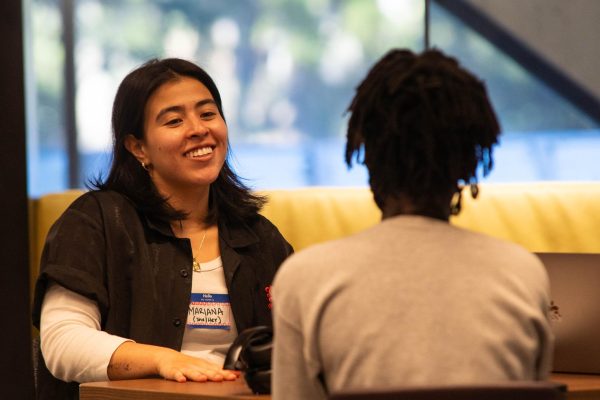
It was during these various events hosted last year that Mariana Del Toro found a community and was able to break out of her shell. Joining the club during the Fall 2023 semester, her goal was to just connect with other LGBTQ+ Latine students and embrace her identity. However, Reyes encouraged Del Toro to take on the position of club treasurer and, with the support of other club members, she felt comfortable enough to take on her first leadership role.
“Seeing queer Latinos [and] Latinas, it was kind of unheard of for me—it was a very lonely experience because I never thought I’d meet other people like me,” said Del Toro. “As a queer Latina person, that’s a specific experience.”
Del Toro also credits her partner, Kisakye Sebowa, with inspiring and empowering her to accept the role of club treasurer as Sebowa has also taken on a leadership role during the Fall 2023 semester.
Sebowa is the founder and current president of Haüs BlàQue, SF State’s first Black LGBTQ+ club. They were inspired to create the club around the same time as Reyes; however, they were unable to officially create the club until last August due to some unforeseen setbacks. Through the help and support of the Latinx Queer Club and other Black-oriented clubs on campus, Sebowa was eventually able to fulfill the requirements necessary to establish Haüs BlàQue.
“My girlfriend was contacting the Latinx Queer Club for me,” said Sebowa. “They let me table with them; I was hella in contact with them. Adrián, I love him to bits and pieces—he shared with me the constitution that he had.”
Sebowa also described how they are in a group chat—“the presidential suite,” as Sebowa called it—with Reyes and Amatullah Zapanta-Mir, founder of the AA&PI Queer + Trans Club. Their goals are to provide the same assistance and support to officially establish the newest LGBTQ+ affinity club and to create a symbiotic relationship between the three organizations.
“I think there is so much beauty in specificity because you don’t realize how much specificity isn’t something that divides us,” said Sebowa. “It actually brings us all together. We need community. It’s so nice to hear stories from people who sound like you [and] look like you.”
Zapanta-Mir was also inspired to create the AA&PI Queer + Trans Club after chatting with Reyes and Sebowa at a tabling event. Zapanta-Mir asked where they could find a similar organization that offers the same support and safety for students within their community, only to be informed that it didn’t exist. The message motivated them to start building their own safe space.
“We want to build community with the AAPI students on campus,” said Zapanta-Mir. “There is a lot of stigma within the community around being queer and being trans, so we want to create that safe space, that community, and also to get politically organized.”
Zapanta-Mir credits the two other affinity clubs for helping with all the necessary paperwork, providing a sense of community and supporting their goals. They hope that the club outlasts every club officer’s time at SF State, and plan on ensuring its longevity by working with the other two clubs to create a strong foundation that allows upcoming generations to adapt as time goes on, as well as retaining communication with the university’s administration.
For the future of Latinx Queer Club, Cruz feels confident in the future of the club following the end of the Spring 2024 semester. Having worked alongside Reyes since the club’s establishment, Cruz feels ready to pass on the torch.
This past February, a small group of students slowly trickled into the lounge on the second floor of SF State’s Cesar Chavez Student Center to attend the open house meeting for the Latinx Queer Club. As the group awaited the start of the meeting, they began to mingle.
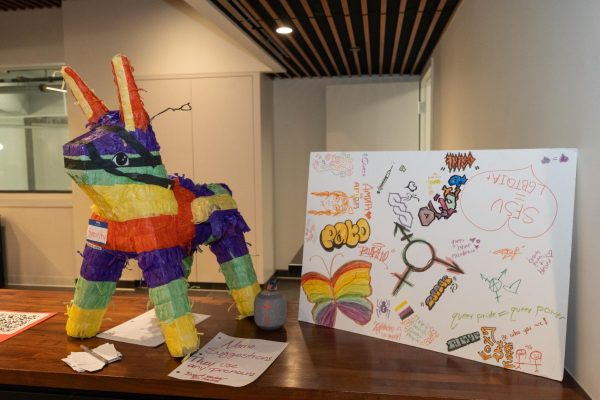
Reyes shuffled back and forth between the lounge and the entrance to a reserved room on the floor, where the official meeting would be held. One moment, they would be standing next to the sign-in table, inviting attendees to write their names and pronouns on a name tag; the next, they would be in the common area, offering students a slice of pizza from Nizario’s and pointing out the multicolored donkey-shaped piñata labeled “security,” which was displayed next to the food. Eventually, Reyes and another club officer decided it was time to officially commence the meeting.
Tinoco stood at the front of the lounge, thanking everybody for joining. They directed the group of approximately 25 students to the reserved meeting space just behind the lounge. As attendees settled in, the club officers gathered next to a television screen at the head of the room and began introducing themselves. After presenting some slides, they discussed the club’s plan for the upcoming semester.
“We will be tabling at Admitted Students Day ‘cause I know that a lot of the lovely faces that I’m seeing right now, I met last year,” said Tinoco. “We will also be planning a farewell picnic, not only to [say] farewell to the spring semester, but the officers that will no longer be here, on the board, next semester.”
One year after the establishment of the Latinx Queer Club, the officers are prepared to pass the torch to the next generation of students who will continue the work they started two semesters ago.
“It’s exciting to see that there are students that are interested in keeping this [organization] going,” said Cruz. “It was just such a beautiful thing that we created and to see that it has the possibility to continue next year is so cool.”
As the Latinx Queer Club’s open house neared its end, Reyes told the members that the club officers want to train any student who wants to take on responsibility. The other officers, sitting to the right of Reyes, chimed in one by one explaining the duties of each role; it was an attempt to touch on a wide variety of specialties that some of the future leaders in that room might be interested in honing.
A few seconds of silence passed and the open house meeting was adjourned. On cue, the members began to mingle once again. The sound of laughter and chatter permeated throughout the room. Some officers hosted a social deduction game called “Werewolf” as a way to build camaraderie with the club members.
Reyes used that time to shuffle throughout the meeting space and the rented room’s lobby area to put away the club’s decorations, packed in such a way that makes it easy to use for the club’s next event.



![[From left to right] Joseph Escobedo, Mariana Del Toro, Oliver Elias Tinoco and Rogelio Cruz, Latinx Queer Club officers, introduce themselves to members in the meeting room on the second floor of the Cesar Chavez Student Center.](https://xpressmagazine.org/wp-content/uploads/2024/03/mag_theirown_DH_014-1200x800.jpg)
